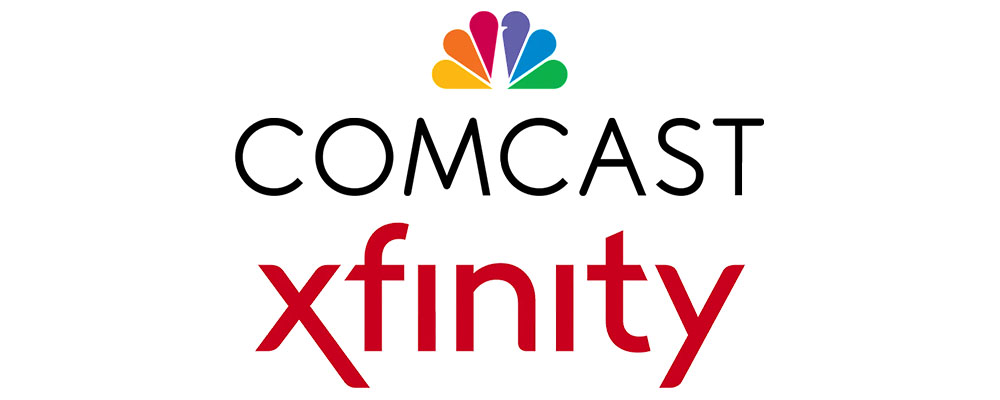Taking the IPTV Plunge
Several months ago I finally took the IPTV plunge by purchasing a $99 Apple TV. Although it has its limitations, it has changed the way I view IPTV.
This is not my first foray into the IPTV realm. In 2005, I tested a first generation Slingbox and, although it had a slightly different concept than the IP-connected TVs of today, it was an eye-opening experience. Although not as easy to set up as an Apple TV, once connected, the device offered up the ability to watch live or DVR recorded shows on any IP-connected PC (and eventually smartphones, etc.). Even though I was well aware of its potential, it didn't really hit me until I was watching a recording of David Letterman on the balcony of my hotel in Amsterdam on my PC and powering my DVR half a world away—very cool.
In between, I tested several other IPTV devices, but none convinced me that the technology was ready for primetime. I particularly recall one such setup that required me to install a channel filter at the cable system's point of entry into my house. It wasn't easily accessible and took some effort but after finally setting it up, I then realized just how useless the remote control was. Spotty connections and latency issues compounded the problems.
For me, the whole experience drove home the most important reasons why IPTV was slow to catch on—the speed (or lack) of home broadband networks, setup and ease of use. There was plenty of content, it just wasn't easy to access.
Enter Apple TV, which could be the breakthrough product that finally brings IPTV to the masses. But it depends on Apple. The most difficult portion of the setup—the WiFi network, is already done; the compact box is about as close to plug and play as IPTV gets. Abandoning the hard drive of the earlier versions is one of the clearest signs yet of Apple's signal to eventually move content management of all of its devices to the cloud.
As for content, by now most of you are probably familiar with its limitations, particularly the lack of compatibility with certain formats, no access to Hulu, etc. And the fact that it's 720p and not 1080p will become more of an issue when more content is available in the higher quality format. Apple TV's real strength lies in its superior user interface and the strength and potential of its iTunes platform. And as more of the boxes make their way into consumers' home TV setups, expect content availability to widen; the company is reportedly considering adding gaming to the mix. And apps turned the Apple iPhone from just another smartphone to a must have device—could there be an Apple TV App Store in its future?
Is its current lineup of Netflix, iTunes, Flickr, and in particular YouTube, enough to whet the average (non-jailbreaking) consumer's appetite for delving into a new TV paradigm? Time will tell, but the fact that it sold its first million devices within just a few short months (impressive for Apple TV) is encouraging. Its main competitors include the Roku XD, which sells for $20 less, Google TV, which has had a less than impressive debut, and the more expensive Boxee, which is just making its way onto the market. These devices may yet provide some much needed competition but they don't have the advantage of Apple's multiplatform of iPhones, iPads or iWhatevers. This is illustrated by Apple's Airplay, which streams content from an iPhone or iPad to Apple TV.
Early on, I found myself spending more time on Apple TV than on cable—the notion of easily accessing the vast library of YouTube content on my home living room TV set was particularly entertaining and the best proof yet that diverse content trumps video quality. But as the curiosity factor waned, it has established itself as just another channel—albeit one with almost unlimited potential.
Bottom line, Apple TV's killer app is its price, easy setup and user interface, all previously significant hurdles to customer acceptance. Call it a "Trojan Horse" or whatever you want, but Apple has achieved its goal of establishing a foothold for IPTV with this latest version.
The professional video industry's #1 source for news, trends and product and tech information. Sign up below.
